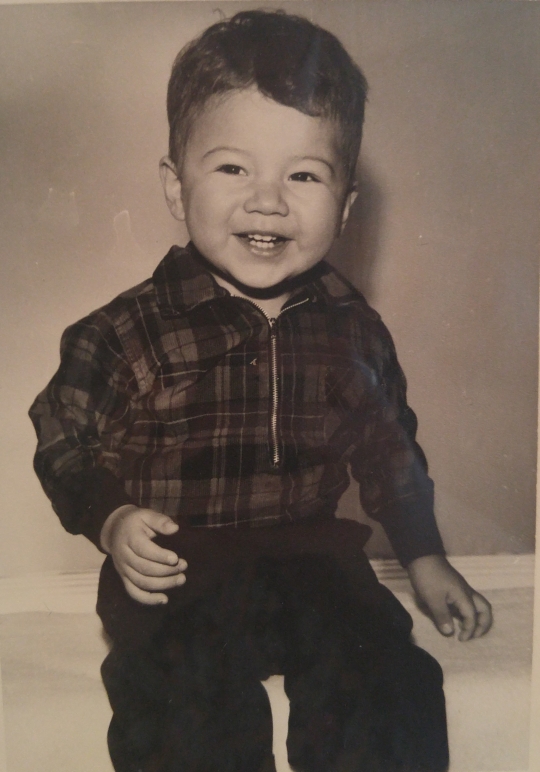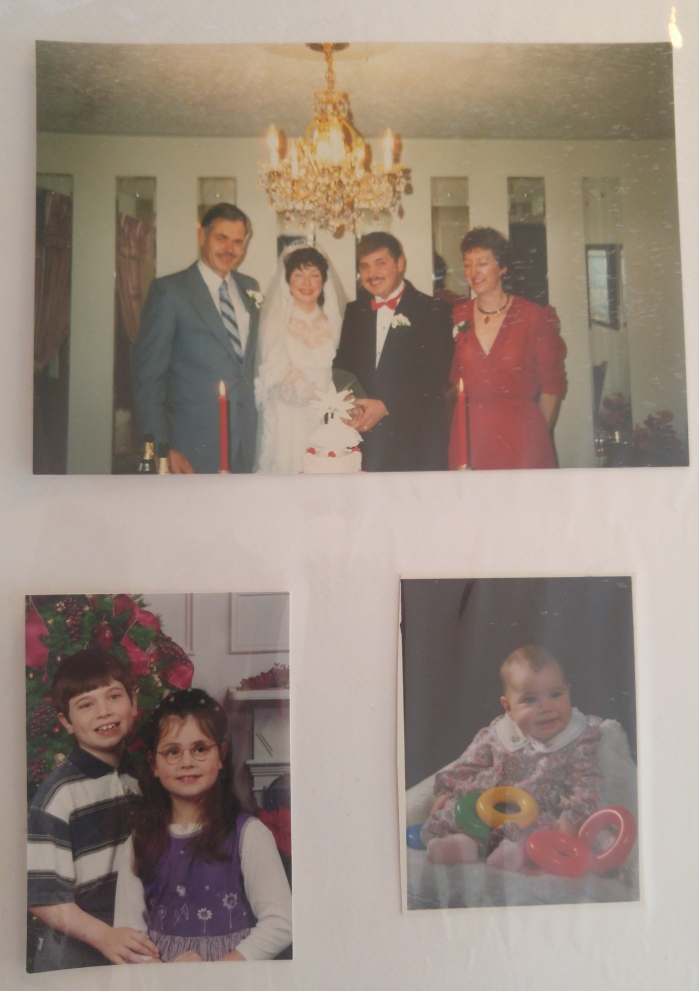While I was visiting the Royal Ontario Museum, I was fortunate enough to be able to see an exhibit called “The Family Camera.” This was a special exhibit, which unfortunately has finished it’s run now, so if you didn’t get a chance to see it, I’m sorry to say that you really missed out.
The concept of this exhibit was very simple, but allowed for some exceptional analysis and perspectives. It focused on family photographs, and explored how those photos shape the idea of family. Exploring the Canadian perspective, the exhibit looked at migration and mobility as a key aspect of this, as well as social change. It examined how these factors interact with the practice of taking family photos, and the role that taking family photos plays in reflecting and shaping our experiences.

“Almost every photograph in this exhibition, wherever it was taken, comes from a Canadian home. Together they demonstrate the familiar and unexpected ways family photographs define our sense of self, family, community, and nation.”

One of the things that I found the most interesting about this exhibit, was how it explored the marketing of cameras and picture-taking in relation to the use of these photos to reflect notions of identity. The exhibit talked about how brands like Kodak would design their advertising in such a way that it instructed consumers on how to use the product, and sold them an idea of what moment they could be capturing. One panel explained that,
“By the 1930s, children appeared in a growing number of Kodak ads. Early ones were associated with leisure, family life, simplicity, and spontaneity, and showed that Kodak cameras were easy to use. These ads also tapped into sentimentality and nostalgia, and urged parents to capture childhood through photography. They showed parents composing and taking photographs of ‘Kodak moments.’ This served to instruct consumers how to do the same, resulting in familiar scenes that often reinforced gender norms. Some images show conventions breaking down, since children are not always willing subjects.”

One example that I found particularly striking was a panel showing two different Kodak advertisements for Christmas:


These advertisements are an excellent example of advertisers attempting to reflect your specific family, so that you can see yourself using their product, and then recreate the example image. You are able to both see yourself in the ad, and actually become the people in the photograph.
In fact, the exhibit’s interactive aspect did a very similar thing. Throughout the exhibit, questions were posed to visitors that ask them to consider their own family albums and experiences compared to the images on display. The questions ranged from “Do you have photos like these in your own family albums?” to “Has a policy or law affected who is in your family photos or what kind of family photos you have?” Even when your answer is ‘no,’ as mine is to the second question, that alone forces you to reflect on the difference of experiences between your own family and the family whose pictures you are viewing.

One panel discusses this:
“Snapshots offer the most popular, affordable, and accessible way for us to see and understand our domestic lives. But sometimes state policy determines which photos can be taken, who gets recognized as a family, and therefore what a family photograph looks like. Without snapshots, marginalized communities may insert official photographs into their family archives, linking national and global histories with personal memories, reframing official images and creating archives that reimagine the family. At the same time, their own family snapshots challenge official images preserved in state archives.”

This was an essential part of what made this exhibit exceptional. It went beyond the idea of expressing ourselves and capturing moments in family photographs to explore how this practice is effected by race, state, sexuality, and migration. For those of us who have not had these experiences, it forces us to reflect on that very fact. For those who have, it allows their stories to be told in such a way that the struggles they faced are highlighted, but visitors are able to see that ultimately, the people in the photographs were families, just like yours or mine. While the experiences were starkly different, there is commonality. Drawing out this commonality helps, in my opinion, to do something absolutely essential: it allows visitors to foster empathy for the people in the photographs. I have not had those experiences, but understanding these photos as other families, I can at least try to imagine what it would be like to have faced those experiences with my own family.


This display was a great reflection of that. While it is a display of essentially the same photograph over and over again, the families in it are all different, and have had a multitude of different experiences. Coming to this after reading about stories of immigration, discrimination, and changing definitions of families, helped to show that, regardless of these factors, being a family is a commonality amongst us, and so it taking pictures of our families.
